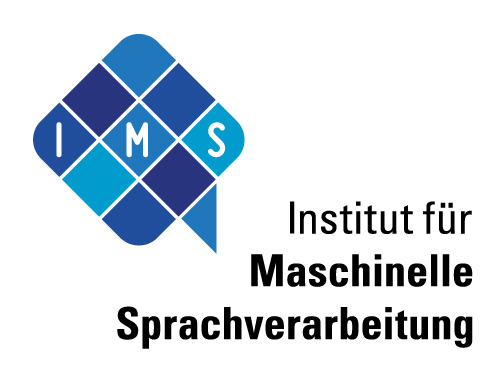The standard deposition workflow for metadata for this centre's repository consists of the following steps:
Create metadata. Metadata profiles are selected or created matching the type of research data to be archived. Metadata is filled out for each resource, either by the researcher or with assistance of local staff. The results are CMDI metadata profiles and descriptions for the research data eligible for archiving.
Review metadata. In this process step, metadata provided is assessed in accordance with the guidelines set by best practices criteria and from the infrastructure.
Move metadata to persistent storage. The metadata provided is moved to a persistent storage in a manner that will also be accessible via the web.
Assign persistent identifiers. Persistent identifiers (PIDs) provide a unique identification of the metadata in a location-independent manner. This means that even after migration of the metadata it will continue to use the same identifier. Within the centre, the Handle system is used and PIDs are granted in the form of URIs which are usable for accessing and viewing the metadata in a browser.
Publish metadata via OAI-PMH. The descriptive metadata are made available to third parties by a standard protocol (OAI-PMH). This ensures availability of the metadata sets to environments such as the CLARIN-EU Virtual Language Observatory (VLO).
See the list of staff members for contact persons. The following resources provide further guidelines for the creation of CMDI metadata suitable for deposit in this centre's repository:
